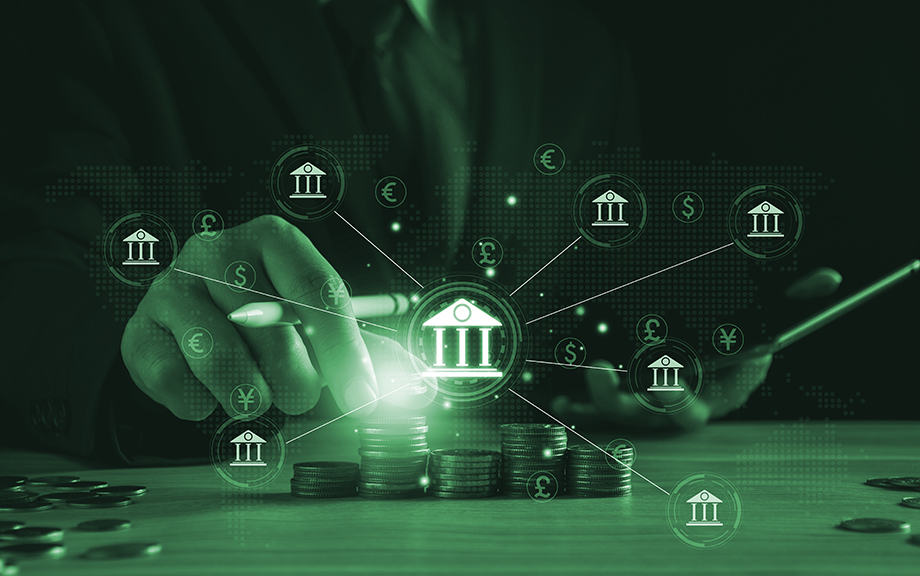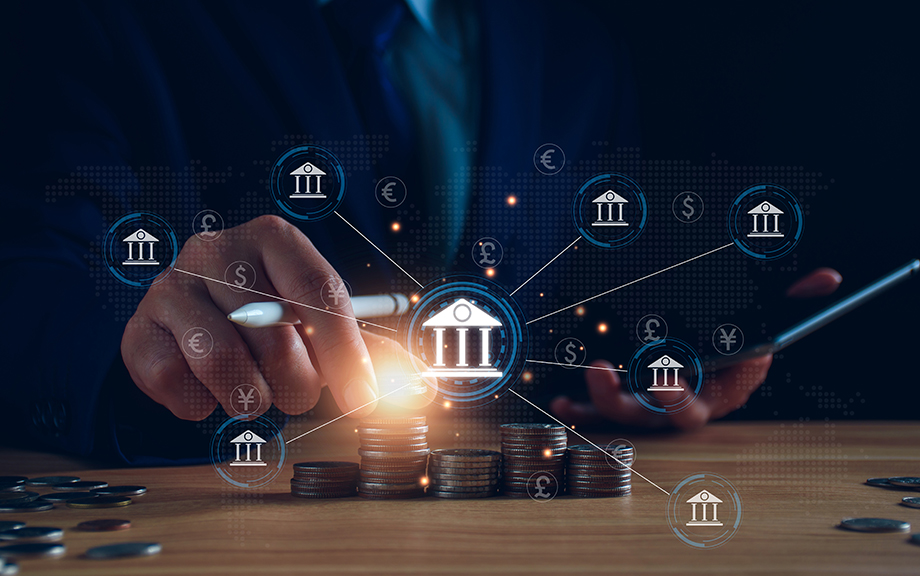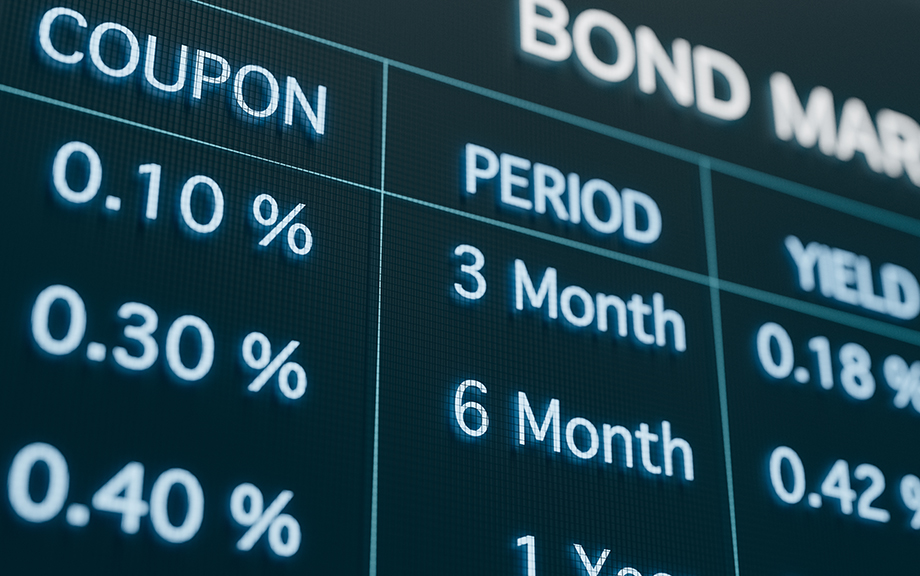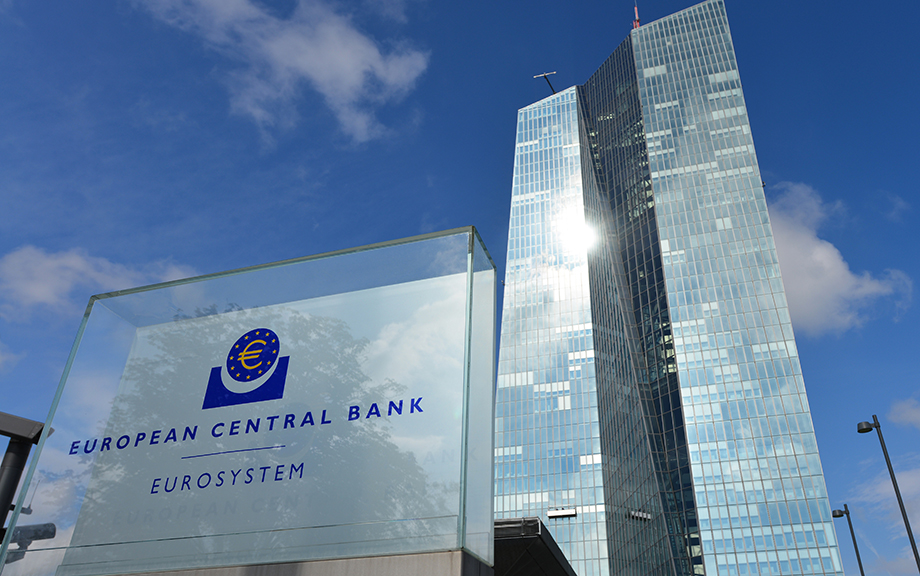Banks Develop a Nonbank Footprint to Better Manage Liquidity Needs
Nicola Cetorelli and Saketh Prazad

In a previous post, we documented how, over the past five decades, the typical U.S. bank has evolved from an entity mainly focused on deposit taking and loan making to a more diversified conglomerate also incorporating a variety of nonbank activities. In this post, we show that an important driver of the evolution of this new organizational form is the desire of banks to efficiently manage liquidity needs.
U.S. Banks Have Developed a Significant Nonbank Footprint
Nicola Cetorelli and Saketh Prazad

In light of the rapid growth of nonbank financial institutions (NBFIs), many have argued that bank-led financial intermediation is on the decline, based on the traditional notion that banks operate to take in deposits and make loans. However, we argue that deposit-taking and loan-making have not accurately characterized U.S. banking operations in recent decades. Instead, as we propose in this post, absent regulatory restrictions, banks naturally expand their boundaries to include NBFI subsidiaries. A significant component of the growth of NBFIs has in fact taken place inside the boundaries of banking firms.
How Has Treasury Market Liquidity Fared in 2025?
Michael J. Fleming

In 2025, the Federal Reserve has cut interest rates, trade policy has shifted abruptly, and economic policy uncertainty has increased. How have these developments affected the functioning of the key U.S. Treasury securities market? In this post, we return to some familiar metrics to assess the recent behavior of Treasury market liquidity. We find that liquidity briefly worsened around the April 2025 tariff announcements but that its relation to Treasury volatility has been similar to what it was in the past.
Banking System Vulnerability: 2025 Update
Matteo Crosignani, Thomas Eisenbach, and Fulvia Fringuellotti

As in previous years, we provide in this post an update on the vulnerability of the U.S. banking system based on four analytical models that capture different aspects of this vulnerability. We use data through 2025:Q2 for our analysis, and also discuss how the vulnerability measures have changed since our last update one year ago.
The Shadow Value of Central Bank Lending
Tomas Jankauskas, Ugo Albertazzi, Lorenzo Burlon, and Nicola Pavanini

After the Great Financial Crisis, the European Central Bank (ECB) extended its monetary policy toolbox to include the use of long-term loans to banks at interest rates close to zero or even negative. These central bank interventions were aimed at supporting the transmission of expansionary monetary policy and likely played a crucial role in bolstering the financial stability of the euro area, namely by reducing the chance of bank runs. However, quantitative evidence on the effects of these interventions on financial stability remains scant. In this post, we quantify the effectiveness of central bank lending programs in supporting financial stability through the lens of a novel structural model discussed in this paper.
The Rise of Sponsored Service for Clearing Repo
Adam Copeland and R. Jay Kahn

Recently instituted rule amendments have initiated a large migration of dealer-to-client Treasury repurchase trades to central clearing. To date, the main avenue used to access central clearing is Sponsored Service, a clearing product that has, until now, received little attention. This post highlights the results from a recent Staff Report which presents a deep dive into Sponsored Service. Here, we summarize the description of the institutional details of this service and its costs and benefits. We then document some basic facts on how market participants use this service, based on confidential data.
A Country‑Specific View of Tariffs
Matthew Higgins and Thomas Klitgaard

U.S. trade policy remains in flux. Nevertheless, important elements of the new policy regime are apparent in data through July. What stands out are the large differences in realized tariff rates by trading partner, ranging from less than 5 percent for Canada and Mexico to 15 percent for Japan and to 40 percent for China. This post shows that the bulk of cross-country differences in tariff rates is explained by two factors: the U.S.-Canada-Mexico free trade agreement and differing sales shares in tariff-exempt categories.
Calming the Panic: Investor Risk Perceptions and the Fed’s Emergency Lending During the 2023 Bank Run
Natalia Fischl-Lanzoni, Martin Hiti, and Asani Sarkar

In a companion post, we showed that during the bank run of spring 2023 investors were seemingly not concerned about bank risk broadly but rather became sensitized to the risk of only about a third of all publicly traded banks. In this post, we investigate how the Federal Reserve’s liquidity support affected investor risk perceptions during the run. We find that the announcement of the Fed’s novel Bank Term Funding Program (BTFP), and subsequent borrowings from the program, substantially reduced investor risk perceptions. However, borrowings from the Fed’s traditional discount window (DW) had no such effect.
The Financial Stability Implications of Tokenized Investment Funds
Pablo Azar, Francesca Carapella, JP Perez-Sangimino, Nathan Swem, and Alexandros P. Vardoulakis

In a previous post, we provided background information about the emergence of tokenized investment funds and their use cases. These use cases are currently limited to the digital asset ecosystem. However, the recent approval of cryptocurrency exchange-traded funds (ETFs) and the passage of the GENIUS Act raise concerns about the impact of these tokenized investment fund to the broader financial system. In this post, we assess this impact by considering three economic mechanisms based in part on market participants’ investment strategies and liquidity needs. They include: liquidity transformation, interconnections between the digital asset and the traditional financial system, and transaction settlement. Through these mechanisms, tokenization of investment funds can bring about financial stability benefits in the form of reduced redemption pressures and additional sources of liquidity for fund issuances, but may also increase interconnectedness between the traditional financial system and digital asset ecosystem, thereby amplifying existing financial stability risks.
The Emergence of Tokenized Investment Funds and Their Use Cases
Pablo Azar, Francesca Carapella, JP Perez-Sangimino, Nathan Swem, and Alexandros P. Vardoulakis

A blockchain is a distributed database where independent computers across the world maintain identical copies of a transaction record, updating it only when the network reaches consensus on new transactions—making the history transparent and extraordinarily difficult to alter. Historically, bonds have traded almost entirely in over-the-counter (OTC) markets, while equities and money market fund shares have largely settled through centralized infrastructures such as stock exchanges and central securities depositories. In both settings, each institution maintains its own records, and post-trade steps like confirmation, clearing, and settlement require multiple intermediaries and repeated reconciliation.










 RSS Feed
RSS Feed Follow Liberty Street Economics
Follow Liberty Street Economics